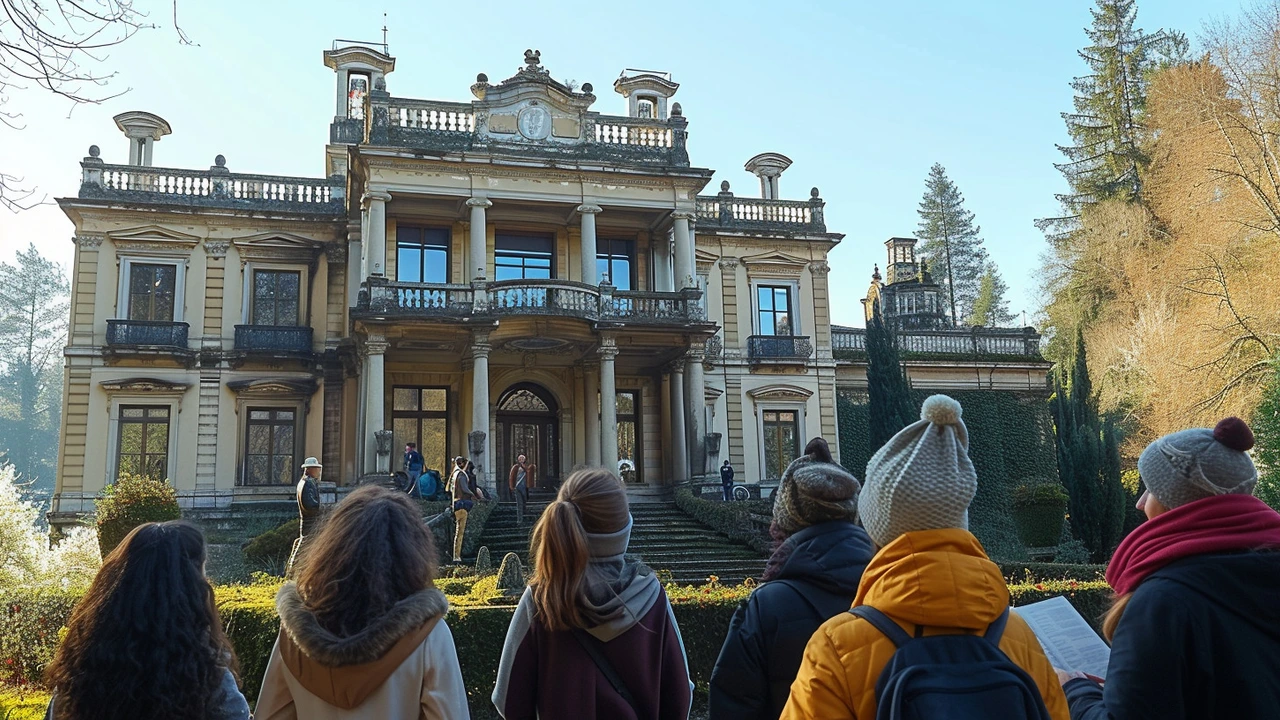Architecture Guide: Fast, Practical Help for Styles and History
Want a quick way to understand the look and story behind a building? This guide collects short, useful posts on architectural styles—what to notice, how they were built, and how to use those ideas in your home or travels. You’ll find clear examples from Roman concrete to Gothic spires and modern minimalism, with straightforward tips you can use today.
How to use these guides
Pick a style you like and read the short article linked to it. Each piece focuses on one thing: key features, a few famous examples, and at least one practical tip. Use the guide to spot styles on a walk, pick design elements for a room, or plan a visit to buildings worth seeing. If you’re renovating, look for the posts on preservation and restoration for real-world advice on materials and proportions.
Want to travel smarter? Check guides that call out must-see examples—like where to find prime Roman engineering, Gothic details, or a well-preserved Beaux-Arts façade. Those posts include pointers on what to look for and how to avoid tourist traps so you get value from every stop.
Quick spotting tips that actually work
Roman: Look for rounded arches, vaults, and concrete that formed large public spaces—think aqueducts and amphitheaters. If you see engineering that allowed wide open interiors, it’s often Roman or inspired by Roman ideas.
Gothic: Tall, pointed arches, ribbed vaults, and lots of stained glass. Gothic buildings aim up—watch for flying buttresses or a strong vertical feel.
Renaissance and Revival styles: These use symmetry, classical columns, and decorative details pulled from ancient models. If a building looks balanced and deliberate, it’s likely in this family.
Baroque and Rococo: Drama and ornament. Sweeping curves, bold contrasts, and playful interiors point to Baroque; Rococo turns that playfulness into delicate, ornate decor inside homes or salons.
Minimalism and Modern: Clean lines, open plans, and no extra ornament. If the design focuses on function and space rather than decoration, you’re in modern territory.
Use these tips to label what you see and then read the linked post for more depth. Each article adds history, real examples, and one or two hands-on tips—like simple restoration ideas, materials to look for, or how to bring a classic element into a modern room without overdoing it.
If you want a specific recommendation, start with the Roman and Gothic guides to see two very different ways builders solved big problems. From there, try a revival or a modern piece to see how old ideas keep coming back with new twists.
Keep this page as your quick reference. When you’re ready for more detail, click through the posts for photos, examples, and practical steps you can use on a project or city tour.

The Minimalist's Guide to Decluttering Your Home
Hey there, lovely people! If your home is a mini jungle of stuff, then buckle up for a fun ride into the world of minimalism. This guide tells you how to declutter your home with a smile, not a sweat. You'll learn to say goodbye to your unwanted items (even that hideous vase from Aunt Ethel!), and hello to a more serene, spacious home. So, get ready, because a clutter-free life is not just a dream anymore, it's a reality waiting for you to embrace it!
Read more
Federal Architecture: A Guide for Architecture Enthusiasts
Hey there, architecture aficionados! Let's chat about Federal Architecture, an absolute feast for the eyes. This style, my friends, is the Beyoncé of architecture - timeless, elegant, and oh-so-chic! It emerged in the United States around the time of the Revolutionary War and has been turning heads ever since. So buckle up, because this style, with its symmetrical design, delicate ornamentation, and grandeur, is going to take us on a breathtaking journey through history. It's like time travel, but without the pesky paradoxes!
Read more